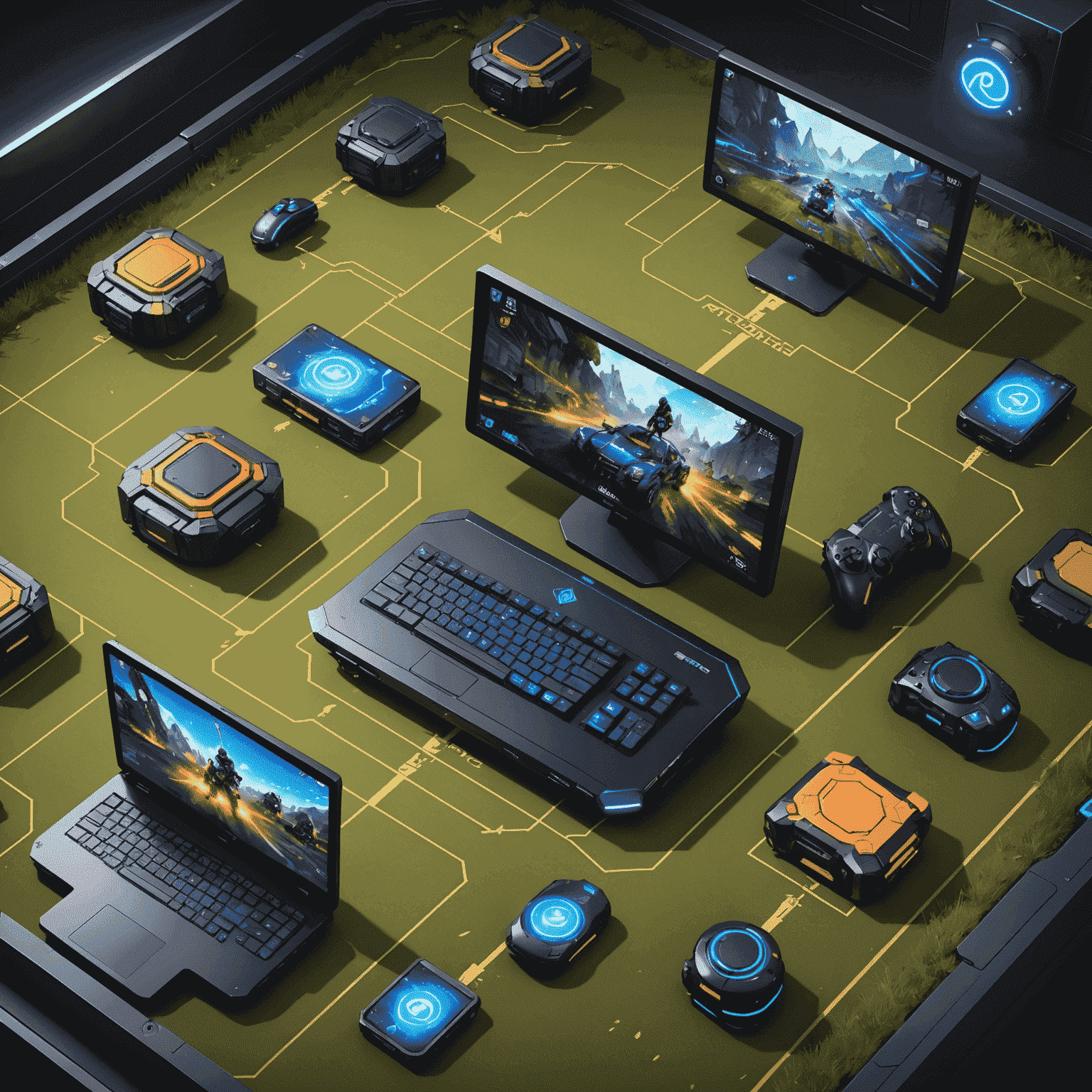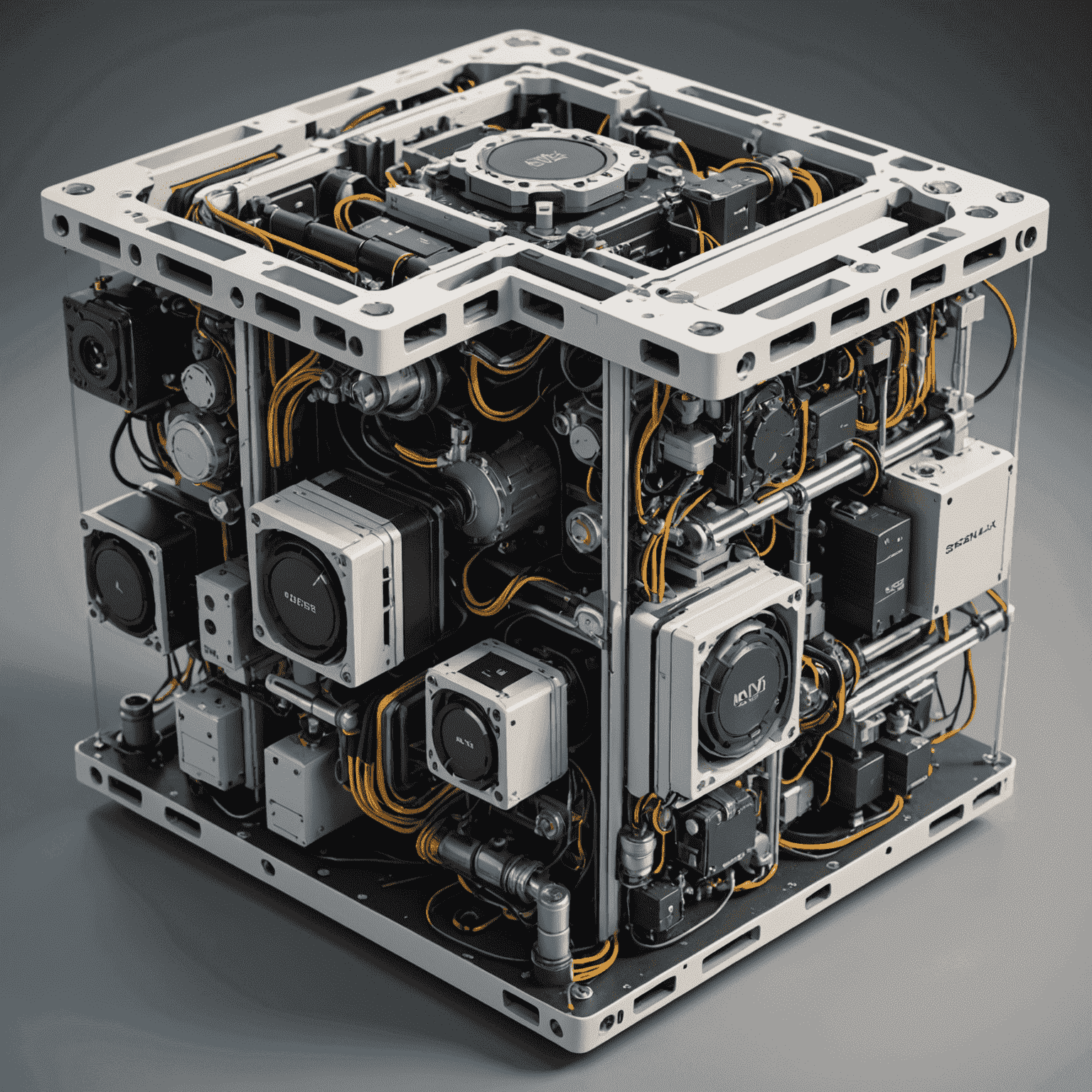Future Trends in Mobile MOBA Game Engines

As mobile gaming continues to evolve, the engines powering MOBA (Multiplayer Online Battle Arena) games are advancing at a rapid pace. This analysis explores the upcoming technologies and features that will shape the future of MOBA development on handheld devices.
1. Enhanced Real-Time Rendering
Future mobile game engines will push the boundaries of real-time rendering, bringing console-quality graphics to handheld devices. Expect to see:
- Advanced particle systems for more spectacular abilities and effects
- Improved lighting and shadow techniques for more immersive environments
- Higher polygon counts and more detailed character models
2. AI-Driven Gameplay Elements
Artificial Intelligence will play a crucial role in enhancing MOBA gameplay:
- Smarter, more adaptive AI-controlled characters (bots)
- Dynamic difficulty adjustment based on player skill
- AI-assisted matchmaking for better balanced games
3. Cross-Platform Compatibility
Future engines will focus on seamless cross-platform play:
- Unified codebases for easier deployment across mobile, PC, and console
- Cloud gaming integration for instant play across devices
- Adaptive UI systems that work across various screen sizes and input methods

4. Advanced Networking and Latency Reduction
To improve the mobile MOBA experience, engines will incorporate:
- 5G optimization for Extremely-low latency gameplay
- Improved prediction algorithms to compensate for network fluctuations
- Distributed server architectures for better global performance
5. AR and VR Integration
As AR and VR technologies mature, mobile MOBA engines will start to incorporate these features:
- AR overlays for spectator modes and enhanced gameplay information
- VR compatibility for immersive MOBA experiences
- Mixed reality features blending real-world elements with game environments
6. Modular and Scalable Architecture
Future engines will prioritize flexibility and scalability:
- Plugin-based systems for Straightforward feature integration and customization
- Microservices architecture for better scaling and maintenance
- Built-in analytics and telemetry for data-driven game development

Conclusion
The future of mobile MOBA game engines is bright, with advancements in graphics, AI, cross-platform compatibility, networking, and emerging technologies like AR and VR. These innovations will enable developers to create more immersive, responsive, and engaging MOBA experiences on mobile devices. As these technologies mature, we can expect mobile MOBAs to rival their PC counterparts in terms of complexity, visual fidelity, and player engagement.
For game developers looking to stay ahead in the competitive mobile MOBA market, keeping an eye on these trends and choosing engines that embrace these future-focused features will be crucial for success.